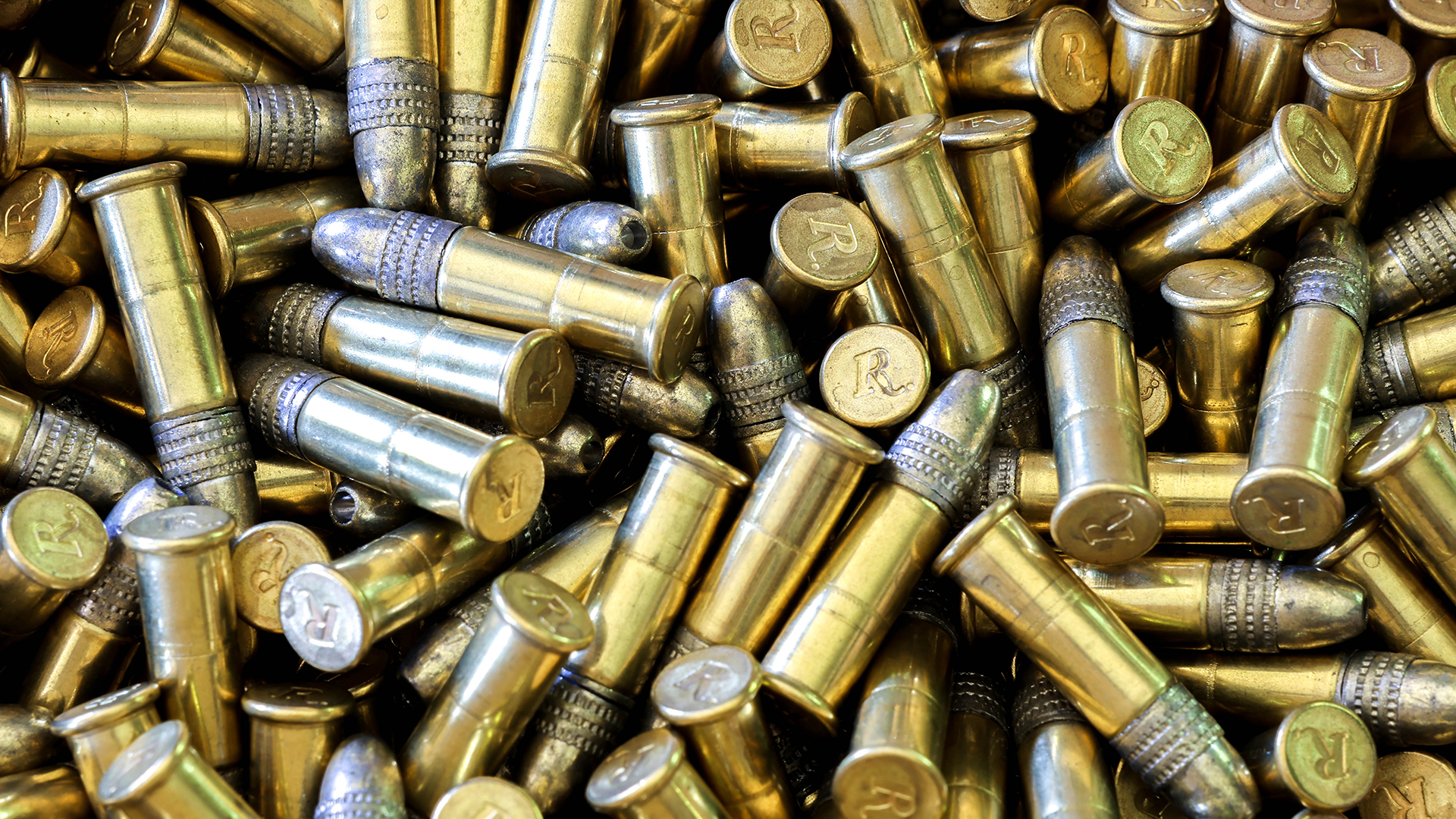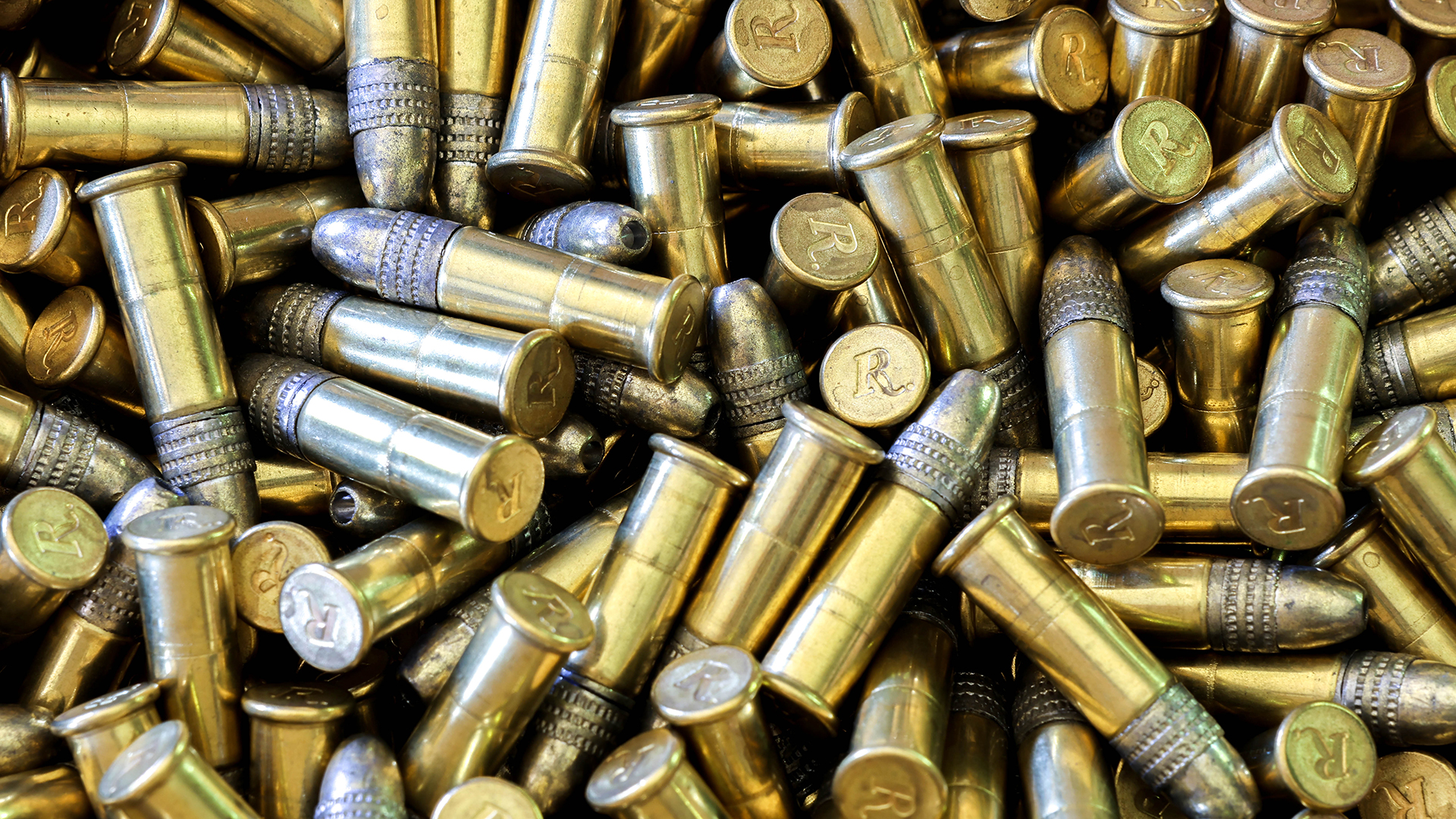With an explosion of wing beats, a mallard drake erupted from a shallow pool on the turn of a mountain stream, startled at the sound of leather boots crunching twigs. At the first glint of motion as the duck sped up through the brush, the sharp eyes of a female goshawk locked on target, calculated speed, distance and trajectory of the fast-moving duck and vectored the intercept. Sinewy legs and wings catapulted her from her worn leather glove perch, giving chase.
Game on.
Before the startled duck could find sky above the tips of the willows at stream’s edge, the battle was decided in a blur of feathers, speed, style, velocity and grace.
Sharp right-leg talons slammed the speeding drake at its back, spinning it into the hawk’s own trajectory. Wing thrusts of the agile goshawk pushed the duel hard sideways as her left talons reached out, gripping the duck midair by the neck in a double-clutch. The two birds crashed to the ground below, wing feathers noisily scraping the willow branches as they fell. The goshawk righted herself with one wing flap as she straddled the hapless drake. The hooked raptor’s beak finished the duck with a snap at the neck.
Game over. In mere seconds.
Roger Tucker slowly crept through the underbrush to untangle his prize goshawk Nova from her catch. He gently laid a piece of pigeon flesh atop the finished duck, and Nova hungrily tore off a morsel. She released her death hold on the duck and climbed back up on the glove. Tucker pocketed the duck as he moved through the brush, scanning for their next quarry.
Tucker has been flying hunting birds—goshawks, Cooper’s hawks, red-tailed hawks, peregrine falcons—for more than 25 years. “I’ve flown a lot of birds over the years,” he says, “but now I prefer goshawks. I’ve been flying them for the last seven or eight years. I really enjoy their versatility. They have such size and athletic ability. Goshawks can hunt all small game—ducks, quail, doves, pheasants, squirrels, cottontail rabbits—up to and including big prairie jackrabbits.”
Nova is his new star, his fifth goshawk. “I learn something from every one. They’re all different in temperament and attitude. You know, eventually you get kinda good at flying them,” he grins. “Goshawks are a difficult bird, not a beginner’s bird. They have tantrums, they have fears, panics, and once they get upset you’re done for the day. You just have to put them away till they calm down.”
Looking at the big bird on his fist, blood streaks drying on its bill, he continues. “Goshawks are traditionally more tenacious. They’ll fly down, run down, outmaneuver everything they try to kill—not to say other birds won’t do that. Red-tail hawks are also an awesome bird. They give you an honest day’s work every day, and they’re not finicky, not temperamental, they do it well. But oh, man, when a goshawk is having a great day, it’s a thing to experience. Like the difference between a quarter horse and a thoroughbred: They both get you where you’re going, but the goshawk will do it with such incredible style and speed.”
Tucker speaks from experience. He flew peregrine falcons for years, too.
“If you’re flying a falcon it’s a whole different scenario than with a hawk. You spot your game first—ducks in a pond, a bird dog on point, a rabbit under cover—then the falcon takes off flying and circles higher and higher above you. You want your falcon to follow you a thousand feet into the air. Sometimes the falcon will go 2,000 to 3,000 feet up, where you can barely even see it. If it’s trained to stay a thousand feet up, and follow you, then at that point you flush the duck, pheasant, rabbit, or whatever. You need wide-open spaces. You can’t hunt with a falcon in wooded areas like you can with a goshawk, but it’s pretty exciting. They have to have room, they have to see it move. When those ducks, for instance, leave the water, that falcon comes down at 200 miles per hour or more, and hits them midair.”
It’s a big pillow fight in the sky.
Tucker muses, “Now, here’s the difference in falconers: A guy who hunts a falcon drives for four hours to hunt for 10 minutes; a guy who hunts a hawk drives for 10 minutes and hunts for four hours. But it’s all good.”
Males of any hawk are two-thirds the size of a female. Nova weighs 26-30 ounces … less than 2 pounds. “It’s amazing to watch her take down a 3- to 4-pound duck, or a 7-pound jackrabbit. It’s crazy what she can do,” Tucker says. Males, being smaller, have more difficulty taking down bigger game. “They have real problems with a 7-pound jackrabbit”, he explains. But they’re aerial athletes, all.
Many times, Tucker will hunt his hawks in more desert grasslands, where the ground is flat and the sky is big. Hunters go out singly or with a group of two to three people making a flushing line with the hawk in the middle, covering about 25 yards of field. They march across the field, and rabbits might jump up 100 yards ahead, or sit tight until flushed.
Tucker explains the scene. “With a group you’re going to flush it close, within 20 yards. A close flush is perfect; the hawk uses her extremely quick wingbeats to catch it. She’ll get one set of talons into it, and then works into position to get her other talons into the head of the rabbit. Sometimes she’ll miss, and end up going for quite a ride on the back of a jackrabbit. She usually ties them up pretty quick, within 50 yards of the flush”, he explains.
“On a cottontail, she can hold the head of the rabbit like it’s a basketball, and she’s the big basketball player. She can maneuver a cottontail any way she likes. It’s pretty cool. But on jackrabbits, I’ll try to run up behind and help her,” Tucker says.
“When you turn her loose, she’s sitting on your glove—it’s a cool feeling. Unless I’m near a road or need to cross a fence, she sits on my glove untethered. If there’s a chance she’ll get harmed, I’ll grab those jesses and keep her safe and secure, but most of the time when I’m hunting she rides on my glove of her own free will.”
When hunting upland birds (pheasants and quail), the hawk will make a kill on average only one in 20 rises. Bird dogs are used, and when they go on point, the hawk is maneuvered by Tucker to take advantage of any wind currents. Once in position, the dogs are signaled to flush.
Tucker explains, “As the game bird rises, she has a good, but not a great chance of getting it. Ninety percent of the time she’ll get outmaneuvered by the quail. The second flush, which might be a hundred yards, or even a quarter-mile away, we walk them up again. In the meantime, I need to run to retrieve the hawk. On the second flush, there’s about a 50 percent chance the hawk will score on a bird. So, it out-flies you again, the goshawk will tail-chase it into cover and then we go for a third flush. Third flushes are almost always a catch. But getting to the third flush on a covey is really hard. They tend to scatter a lot. However, once you catch that quail, you can go get another pretty easily.”
Nova will get from five to 12 flights in a day, depending on weather, length of flushes, number of kills, type of cover. Tucker says, “She’ll see a rabbit 100 yards out and take after it. The rabbit might run 30 yards and dive down a hole. It’s done. She’ll land at the hole, and stare down there after it. Game over. Rabbit wins.” Some falconers carry ferrets or Jack Russell terriers to go down after the game, which adds another dimension to the hunt.
In Colorado, falconry covers a six-month season from September through March.
Tucker’s hawk is sometimes not quite ready to hunt early in September because of molting through late summer, when all her feathers are not ready to work. He reduces her weight and gets her ready for the season. “Generally, I hunt her most of the days throughout that long season. It gets too hot in the desert in late March. If it’s 70 degrees she’s very uncomfortable. Her breeding season might start, so we’re done by the first week of March,” he says.
Nova stays for the most part in a big well-vented cage called the muse, with a bath pen, shade and various perches behind Tucker’s home in the hills west of Colorado Springs.
“She can stay out all winter, but sunlight bothers her. She’s a bird of the forest, and likes the shade. It can be hot, but it’s gotta be shady. During the season, there’s a lot of work to the flying, training and hunting regimen. But during the offseason, during the molt, it’s pretty easy duty.”
Colorado has about 200 licensed falconers. According to Tucker, 120 may have birds, but only 100 have regular hunting regimens. He tries to hunt every other day, and that’s a tough job on the falconers. You have to run behind the birds all day in rough terrain, try to help them out. The chase really keeps the falconers in shape.
He ponders the difference between gun hunting and falconry. He’s done both, plenty.
“Well, your gun doesn’t fly off and leave you. Your gun won’t get run over by a truck or get picked off by a golden eagle. Your gun can be left in your closet for a couple of months and it’s fine”, he laughs. “But with this bird, you have to feed her, water her, tend to her. Every day, do all the things you have to do to keep her happy and healthy. It’s a great way to hunt.”




































